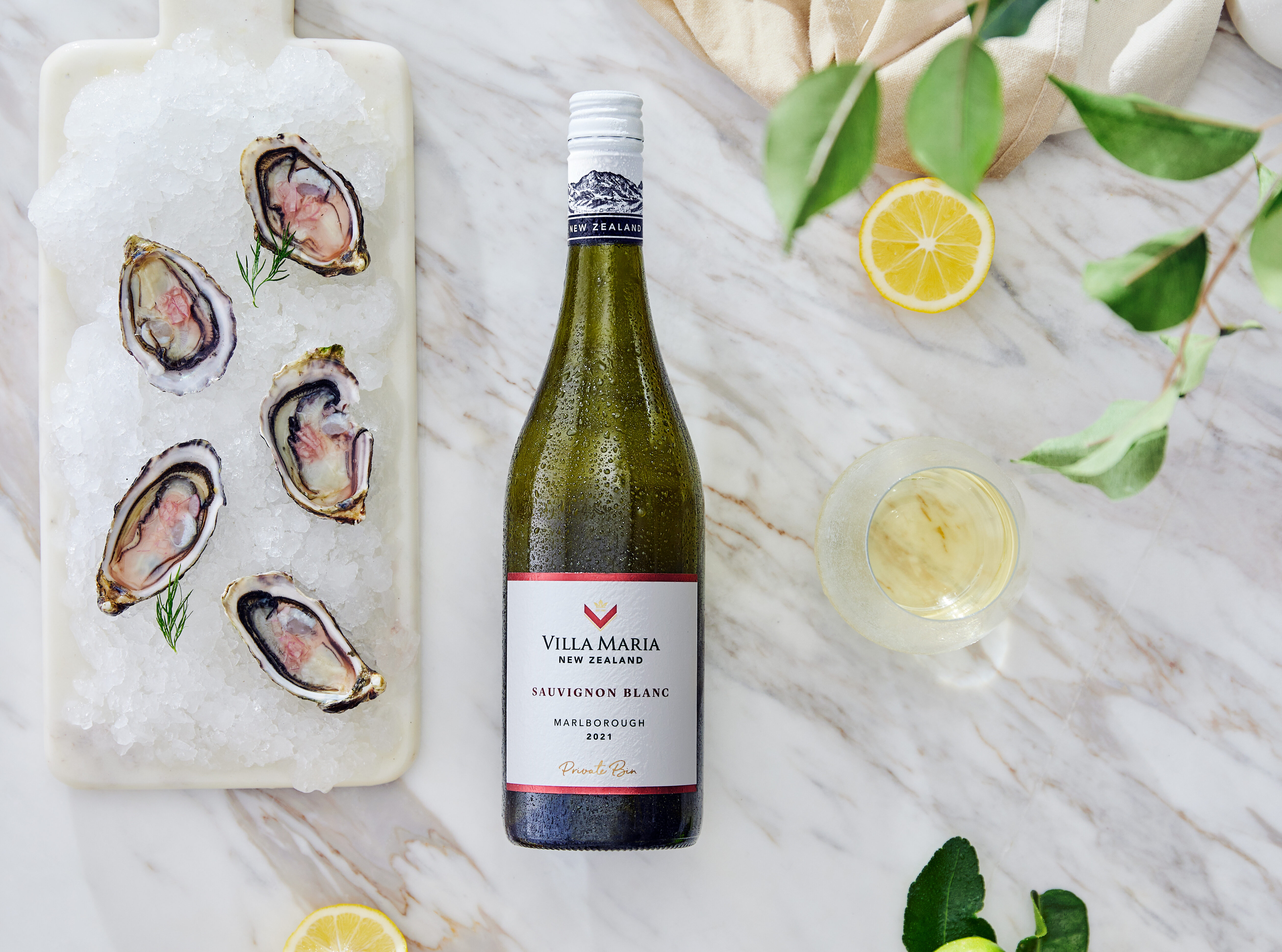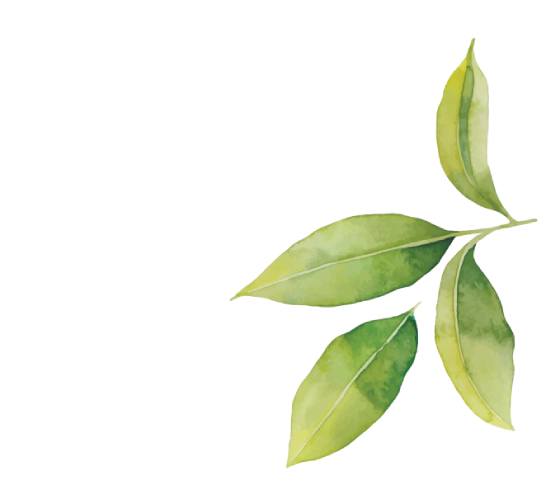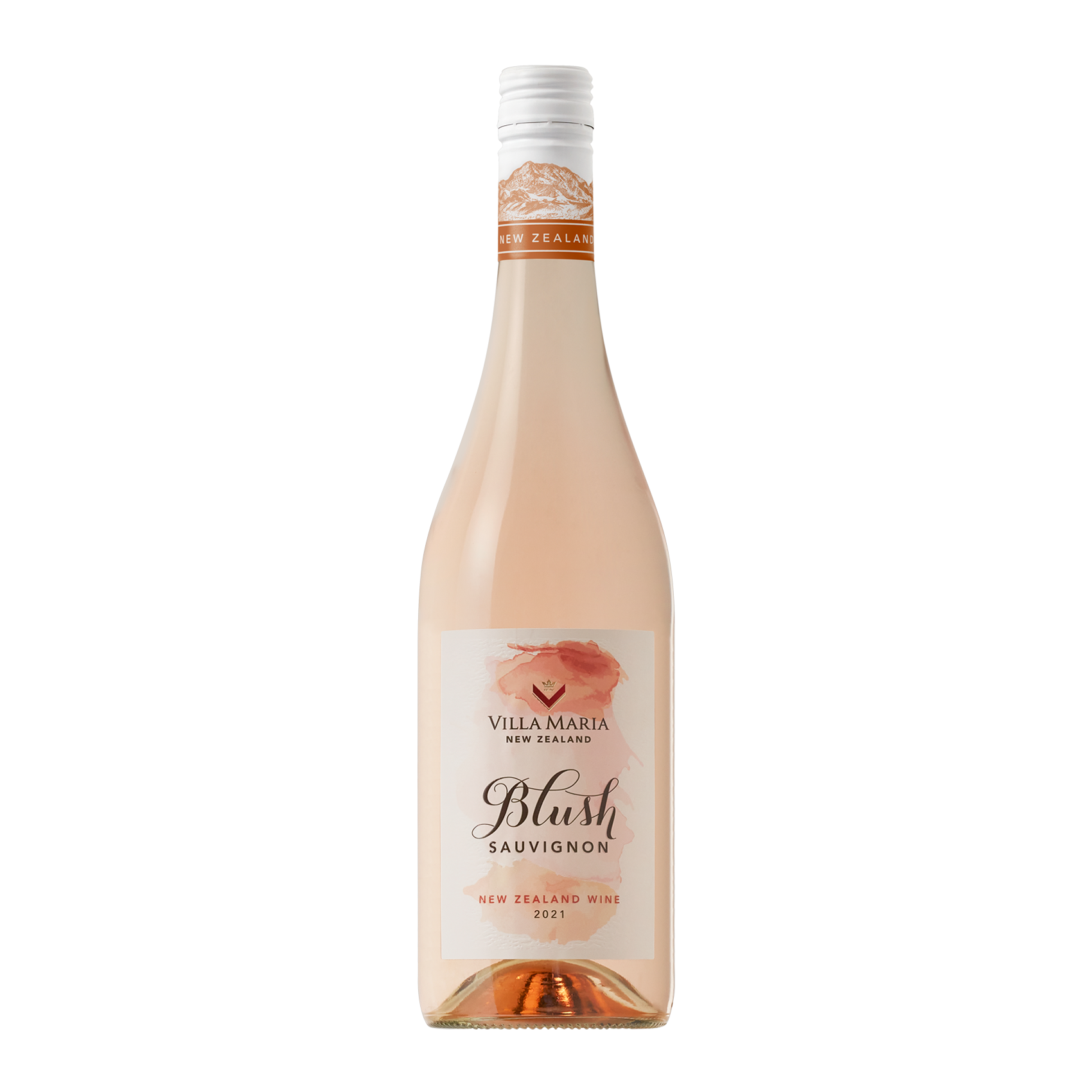Uncategorized
How is Sauvignon Blanc made?
Published 11 August 2020
Admired for its fresh acidity and intense zesty flavours and aromas, our Marlborough Sauvignon Blanc is made to be savoured.
Share with Friends


How is Sauvignon Blanc made?
The variety thrives in Marlborough’s abundant sunshine, cool nights and relatively fertile, free-draining soils. It’s distinctive charming character is primarily thanks to its unique location allowing for cool winds and refreshing nights that allow Sauvignon Blanc to retain its crisp vibrant and refreshing acidity. Marlborough experiences bright, chilly winter months with air temperatures ranging from 10°C to 15°C, followed by long, dry summers with daytime air temperatures ranging from 20°C to 26°C. Marlborough Sauvignon Blanc put New Zealand on map in the world of wine.
We know that Marlborough is where to look for Sauvignon Blanc, but what’s even more fruitful is exploring the diversity of the region through their sub-regions. Key to Marlborough’s success is its ancient glacial deep, free-draining, stony soils. From the central Wairau Valley, Rapaura is the stoniest; lower Wairau has more loam and thus water retention. Clay is prevalent in the Southern Valleys. The Awatere Valley is more fragmented, with gravelly silt loams and windblown loess. So, what does this mean?

The Grapevine
Originally from France, the name Sauvignon Blanc comes from the French words ‘sauvage’ meaning wild and ‘blanc’ meaning white. The ‘wild’ component in the name refers to the vigorous nature of the grapevine which tends to be a very hands on grapevine to care for, producing leaves a similar shape to that of wild grapevines. Loosely translated to mean ‘Wild White’ this name is unquestionably a felicitous name for a wine that is nothing short of wild on the palette.

Winemaking
The style of Sauvignon Blanc produced can change during the winemaking process. The pure and fresh style of Sauvignon Blanc that we all know and love is most commonly produced in stainless steel vessels, producing crisp and flavourful wines true to the nature of the Sauvignon Blanc grape.
Well, when you see a wine from Marlborough that doesn’t explicitly call out the vineyard in which it’s grown, it is likely a regional blend meaning the wine is produced from grapes from different parts of Marlborough and grown in different environments in order to produce the classic, calling-card style of the region. But as mentioned above, Marlborough is a big region which produces wines with nuances from where they’re grown. Each sub-region produces wine of its own distinct character and this vineyard site uniqueness is incredibly rewarding to focus on.
We have incredible vineyards located throughout Marlborough that give us wine of their own style. From any year, you can expect to see the unique nuances from our Single Vineyard expressions as well as our pinnacle blend from the Wairau Valley.

Pairs with
Marlborough Sauvignon Blanc
Admired for its fresh acidity and intense zesty flavours and aromas, our Marlborough Sauvignon Blanc is made to be savoured.
Storing and Ageing
The quintessential Marlborough Sauvignon Blanc are usually best consumed when young to retain their freshness and vibrancy. Sauvignon Blanc can be stored for a year, but ideally no longer than two years. As all wines do, Sauvignon Blanc will continue to develop in bottle and even outstanding examples can lose their fresh aromas within a couple of years of the vintage, developing vegetal notes which may come as quite a surprise if you’re still expecting retained aromatics.
To maximise the shelf life of an unopened bottle of Sauvignon Blanc, we recommend storing in a cool, dark place with a steady temperature that is away from direct heat or sunlight. Once opened, it is recommended to consume your delicious drop within five days. This is due to the wine being exposed to oxygen and bacteria which can then alter the colour, aromas and flavours of the wine. To identify a tainted bottle of Sauvignon Blanc you can pour some into a glass, looking to identify an ‘off’ odor, flavour or appearance. This is a sign that the wine should be discarded, or better yet repurposed in cooking a dish such as roast chicken or pan-fried snapper.








